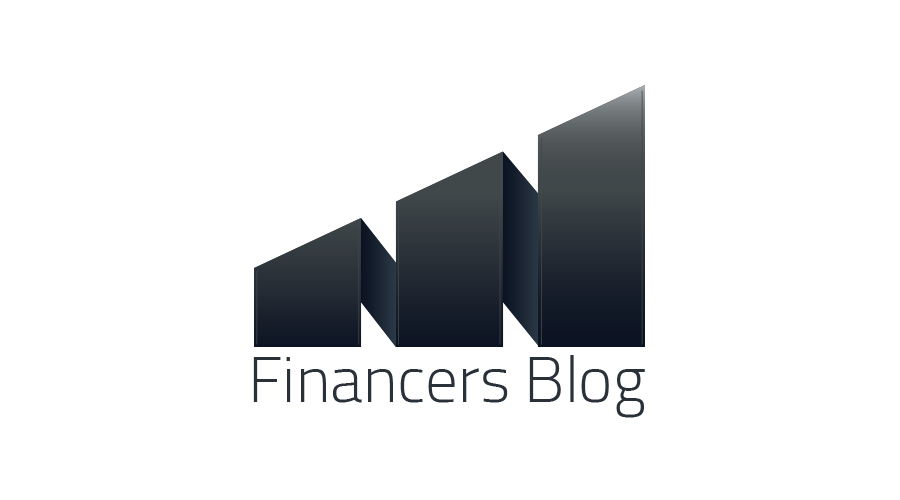Table of Contents
In the competitive landscape of Software as a Service (SaaS) businesses, understanding and optimising key metrics such as Customer Acquisition Cost (CAC) and Customer Lifetime Value (CLV) is crucial. These metrics provide insights into the profitability and sustainability of a business. Sage Intacct SaaS functionality offers tools that can help SaaS businesses optimise these metrics.
Here at Itas Solutions, we have established ourselves as a leading provider of Sage Intacct to SaaS businesses and subscription-based businesses. We offer a range of features tailored to the needs of SaaS businesses, including contract and subscription billing, revenue recognition, and real-time integration for complex workflows. This has led us to become a platinum business partner with Sage.
If you’re already quite familiar with CAC and CLV, then you might want to scroll down to the summary section and the FAQs. If you’re not familiar with the world of CAV and CLV then this article will outline that they are and how you can use Intacct in your business to give you the competitive edge with using Intacct as your financial tool.
Understanding CAC and CLV
CAC is the cost of acquiring a new customer, encompassing all marketing campaigns and sales efforts expenses. CLV, also known as Customer Lifetime Value (CLTV), measures the expected revenue from a customer for the duration of their relationship with the company.
The ratio of CLV to CAC is a critical indicator of a SaaS company’s health and potential for growth. An optimal benchmark CLV to CAC ratio is 3 to 1, meaning the value of a customer should be three times more than the cost of acquiring them. This ratio effectively measures the return on investment for each pound, dollar or euro spent to acquire a customer.
Strategies to Improve CAC and CLV
Improving CAC and CLV involves a variety of strategies. For CAC, businesses can aim for high-quality leads and optimise marketing channels. High-quality leads help lower the CAC and increase CLV.
To optimise CLV, businesses can focus on increasing the lifetime value of their customers through upselling, cross-selling, and improving customer retention. Additionally, understanding customer pain points and needs through surveys, analytics, and exit interviews can help reduce churn rate.
So What Can Sage Intacct’s Role be in Optimising CAC and CLV?
Sage Intacct offers a prebuilt, configurable dashboard called SaaS Intelligence that delivers instant insights to guide business decisions. This dashboard includes SaaS metrics such as Monthly Recurring Revenue (MRR), Churn, Renewal, CAC, and CLV.
Sage Intacct’s Digital Board Book is another tool that provides real-time metrics, including net change, upsells, renewals, revenue churn, customer churn, and CAC and CLV. These tools can help SaaS businesses track and optimise their CAC and CLV, thereby enhancing their profitability and growth.
Understanding and optimising CAC and CLV are vital for the success of SaaS businesses. Intacct’s insights and tools provide valuable assistance in optimising these crucial metrics, thereby helping businesses to grow in the competitive SaaS landscape.
How can Sage Intacct’s Insights Help Optimise CAC and CLV for SAAS Businesses
As mentioned, Intacct offers a prebuilt, configurable dashboard called SaaS Intelligence that delivers instant insights to guide business decisions. This dashboard includes the metrics we’ve just mentioned, but by tracking MRR, Churn, CAC and CLV, businesses can gain insights into their marketing and sales strategies and make informed decisions on optimising them.
The Intelligence dashboard provides real-time metrics, including net change, upsells, renewals, revenue churn, and customer churn, along with CAC and CLV. These tools can help SaaS businesses track and optimise their CAC and CLV, thereby enhancing their profitability and growth.
For instance, by tracking CAC, businesses can understand how much they are spending to acquire new customers and can then strategise to lower these costs and improve the lead-to-customer conversion rate. On the other hand, tracking CLV allows businesses to measure the expected revenue from a customer over the duration of their relationship with the company. This can help businesses focus on customer retention and increase the lifetime value of their customers.
In Summary, What Are Some Specific Insights That Sage Intacct Provides For CAC and CLV Optimisation?
Sage Intacct provides several specific insights and tools that can help SaaS businesses optimise their Customer Acquisition Cost (CAC) and Customer Lifetime Value (CLV).
- SaaS Intelligence Dashboard: Sage Intacct offers a prebuilt, configurable dashboard called SaaS Intelligence. This dashboard includes key SaaS metrics such as Monthly Recurring Revenue (MRR), Churn, Renewal, CAC, and CLV. By tracking these metrics, businesses can gain insights into their marketing and sales strategies and make informed decisions on optimising them.
- Digital Board Book: In addition to the SaaS Intelligence dashboard, Sage Intacct’s Digital Board Book is another tool that provides real-time metrics, including net change, upsells, renewals, revenue churn, and customer churn, along with CAC and CLV. This tool allows businesses to track and optimise their CAC and CLV, thereby enhancing their profitability and growth.
- CAC Calculation: Sage Intacct provides analytics to derive CAC with precision. By tracking CAC, businesses can understand how much they are spending to acquire new customers and can then strategise to lower these costs and improve the lead-to-customer conversion rate.
- CLV Calculation: Sage Intacct helps in calculating CLV by multiplying the Average Revenue Per User (ARPU) by the average customer lifespan. Tracking CLV allows businesses to measure the expected revenue from a customer over the duration of their relationship with the company. This can help businesses focus on customer retention and increase the lifetime value of their customers.
FAQs
- What is Customer Acquisition Cost (CAC) in SaaS?
Customer Acquisition Cost (CAC) is the total cost associated with acquiring a new customer, including marketing expenses, sales costs, and more. It’s a key performance indicator (KPI) that helps SaaS businesses determine the effectiveness of their marketing and sales tactics and informs budgeting and channel investment decisions.
- How do you calculate CAC?
CAC is calculated by dividing the total sales and marketing expenses by the number of customers acquired in a given period. For example, if a SaaS company spends £200,000 on sales and marketing to acquire 160 new customers, the CAC would be £1,250 per customer.
- What is Customer Lifetime Value (CLV) in SaaS?
Customer Lifetime Value (CLV) is the total revenue a company expects to earn from a customer throughout their business relationship. It considers factors like average purchase value, frequency of purchase, and customer lifespan. A higher CLV indicates a more valuable customer base.
- How do you calculate CLV?
There are several methods to calculate CLV in SaaS. One common approach is to multiply the average revenue per customer by the gross margin percentage and then divide it by the churn rate. For instance, if the average revenue per customer is £500 per month, the gross margin is 75%, and the churn rate is 5%, the CLV would be 500 x 0.75 / 0.05 + £7,500.
- Why are CAC and CLV important for SaaS businesses?
CAC and CLV are critical metrics for SaaS companies because they provide insights into the financial health and sustainability of the business. A healthy balance between the two indicates that the company is likely to generate profits in the long run. If CLV is significantly higher than CAC, it suggests a sustainable business model.
- What is the LTV:CAC ratio, and why is it important?
The LTV:CAC ratio compares the lifetime value of a customer to the cost of acquiring them. It’s an important metric because it indicates the return on investment for customer acquisition efforts. A ratio of at least 3:1 is generally considered healthy for SaaS businesses, indicating that the revenue from a customer is at least three times the cost of acquiring them.
- How can SaaS businesses optimise their CAC?
To optimise CAC, SaaS businesses can focus on targeting the right customer profiles, investing in organic channels, analysing the customer journey, and improving campaign performance through creative, copy, landing page, or audience segmentation updates.
- How can SaaS businesses improve their CLV?
Improving CLV may involve investing in a customer success team, creating loyalty programs, offering self-serve portals, and implementing strategies to deepen customer loyalty and encourage repeat purchases. Segmenting CLV analysis by product type can also help identify which offerings have lower CAC and higher conversion rates.
- What are some common pitfalls in managing CAC and CLV?
Common pitfalls include targeting the wrong customers, which can lead to high acquisition costs and low retention rates, and underestimating the importance of these metrics, which can result in unforeseen challenges and missed growth opportunities.
- How can Sage Intacct’s insights help optimise CAC and CLV?
Sage Intacct can provide detailed financial insights that help SaaS businesses track and analyse CAC and CLV. By leveraging its reporting and analytics capabilities, companies can make informed decisions to optimise these crucial metrics.
Who are we?
We are Itas Solutions, a UK-based financial transformation consultancy and Sage Intacct partner, so we know how good Intacct is as a financial management solution. We are huge admirers of Intacct because of the variety of reports it creates, its cloud-based accounting solution, its ability to support several users concurrently, and its connection with other business systems.
When we started in 1995, Itas Solutions had just one client; today, it provides services to more than 200 organisations in the UK. We are here to help our clients at all times.
For over 20 years, our clients have trusted Itas with their business, and we have grown as a result of their recommendations and the appreciation of IT experts for our knowledgeable yet individualised support.



